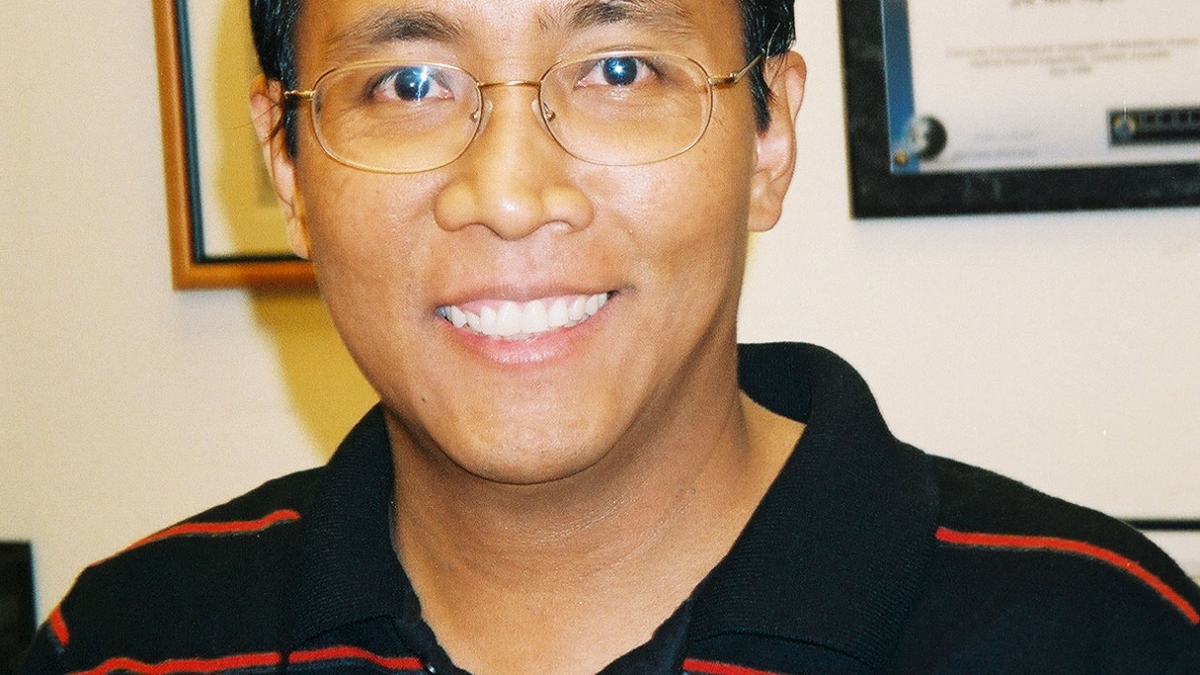ASU desert urbanization research to be theme of NASA talk

It’s well known that as Phoenix grew, the city’s climate changed.
Added pavement and buildings retained heat and raised summertime low temperatures, all while water bodies and vegetated areas produced unique urban oases with climate patterns different than their surroundings.
An increased understanding of the impacts of urban infrastructure and vegetation on local and regional climate is driving ASU professor Soe Myint's interdisciplinary study of five urban areas: Las Vegas; Beer Sheva, Israel; Jodhpur, India; Kharga, Egypt; and Hotan/Hetian, China.
With support from NASA, the study brings together researchers from the University of North Carolina, the University of Hawaii’s East-West Center, Yale and Ben-Gurion University, with Myint leading.
NASA has invited Myint to present a live webinar describing his team’s investigations, part of a series that showcases interdisciplinary studies sponsored by NASA. Anyone interested may view the webinar, with no charge, by registering in advance online.
The research uses diverse analytical techniques, including remote sensing, numerical modeling, land change simulation and demographic analysis, and works with data on rural and urban climate, biological conditions and Landsat data acquired over 1990, 2000 and 2010 in the five cities.
Myint contributes his more than 20 years of experience in developing methods for using remotely-sensed earth satellites to inform understanding of land cover and land use change.
The project led by Myint has two overall goals:
1. To gain a better understanding of how land cover and land use distribution, patterns, and arrangements within and around these cities affect the local and regional climate as well as how changes in these elements increase or decrease heat retention or cooling in these areas.
2. To use this knowledge to support adaptive management and foster the development of sustainable desert cities.
To meet these goals, the research team is specifically exploring the following:
• the influences of internal urban features, land fragmentation and spatial arrangements of LCLU in both the urban space and surrounding areas
• land cover and land use patterns and rates of change within and around selected cities over time (1990-2010)
• warming and climate change/variability impacts on the livability, resources, sustainability, and growth of the cities
• the balances between oasis cooling, surface morphology, and fabric infrastructure heat storage and warming effects and their impacts over space and time
• the magnitude and long-term influence of desert urbanization on regional precipitation, temperatures and airflow patterns
• adaptation, alternate management and land use planning scenarios for sustainable city development in these environments.
Projects selected for the webinar series deal with interactions among components of the Earth system, and promote interdisciplinary research in topic areas of continued interest – particularly those identified as emerging science areas in the Strategic Plan of the U.S. Climate Change Science Program, the Revised Research Plan for the U. S. Climate Change Science Program and the U.S. Ocean Action Plan – and pursue innovative interdisciplinary research in new topical areas.